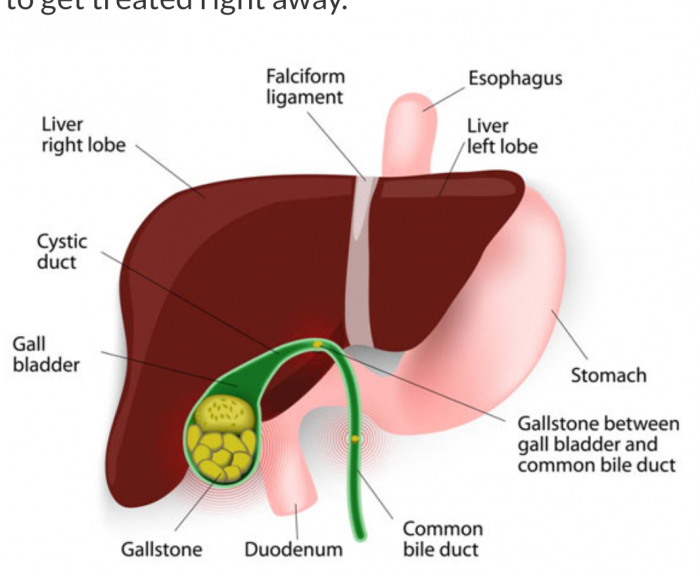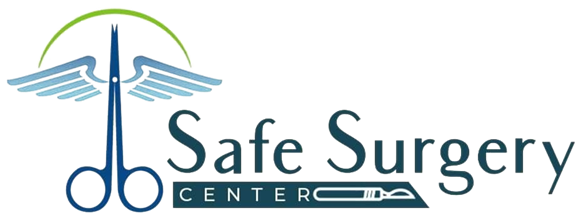
Gall bladder stone surgery
What Are Gallstones?
Gallstones are pieces of solid material that form in the gallbladder. These stones develop because cholesterol and pigments in bile sometimes form hard particles.
You might not even know you have them until they block a bile duct, causing pain that you need to get treated right away.
Types
The two main kinds are:
Cholesterol stones. These are usually yellow-green in color. They're the most common kind, accounting for 80% of gallstones.
Pigment stones. These stones are smaller and darker. They're made up of bilirubin, which comes from bile, a fluid your liver makes and your gallbladder stores.
What Causes Gallstones?
There may be several reasons, including:
Your genes
Your weight
Problems with your gallbladder
Diet
Bile can be part of the problem. Your body needs bile, but if it has too much cholesterol in it, that makes gallstones more likely.
It can also happen if your gallbladder can’t empty properly.
What are the causes of Gallstones?
There are two types of Gallstones:
Cholesterol Stones
Women are most likely suffer from the Gallstones as compare to men due to extra estrogen which may raise due to pregnancy, hormone replacement therapy, and contraceptive pills etc. These things may lead to increase cholesterol level in the bile causing gallstones. Other Causes are:
Adults having an age of 40 due to weak digestive systems
Genetic factors
Obese people, especially women may form more cholesterol
Fasting, weight loss diet plans and Bariatric Surgery may lead to affect the cholesterol into bile whichmay increase the risk of gallstones
Intestinal Diseases affects normal absorption of nutrients (like Crohn's disease)
Insulin resistance, diabetes, and metabolic syndrome are known risk factors for gallstones.
For Pigment Stones
Pigment stones raise due to excessive bilirubin and tend to grow in people who have :
Cirrhosis when liver suffers from malfunctions slow functions due to chronic injury
Infections in Bile ducts
Haemolytic Anaemia
Symptoms of Gallstones
Gallstones can lead to pain in the upper right abdomen. You may start to have gallbladder pain from time to time when you eat foods that are high in fat, such as fried foods. The pain doesn’t usually last more than a few hours.
You may also experience:
nauseavomitingdark urineclay-colored stoolsstomach painburpingdiarrheaindigestion
These symptoms are also known as biliary colic
Asymptomatic gallstones
Gallstones themselves don’t cause pain. Rather, pain occurs when the gallstones block the movement of bile from the gallbladder.
According to the American College of Gastroenterology, 80 percent of people have “silent gallstones.” This means they don’t experience pain or have symptoms.
Complications and long-term risk
Acute cholecystitis
When a gallstone blocks the duct where bile moves from the gallbladder, it can cause inflammation and infection in the gallbladder. This is known as acute cholecystitis. It is a medical emergency.
Symptoms associated with acute cholecystitis include:
intense pain in the upper stomach or mid-right backfeverchillsappetite lossnausea and vomiting
Other complications
Untreated gallstones may cause complications such as:
jaundice, a yellowish tint to your skin or eyescholecystitis, a gallbladder infectioncholangitis, a bile duct infectionsepsis, a blood infectionPancreatitis, pancreas inflammationgallbladder cancer
Diagnosis
physical examination that includes checking your eyes and skin for visible changes in color. A yellowish tint may be a sign of jaundice, the result of too much bilirubin in your body.
Diagnostic tests
Ultrasound: It’s the preferredgold standard imaging method to confirm that you have gallstone disease. It can also show abnormalities associated with acute cholecystitis.
Abdominal CT scan
Treatment?
There are two different kinds of operations.
Laparoscopic cholecystectomy. This is the more common procedure. The surgeon passes instruments, a light, and a camera through several small cuts in the belly. He views the inside of the body on a video monitor. You usually go home the same day.
Open cholecystectomy. The surgeon makes bigger cuts in the belly to remove the gallbladder. You stay in the hospital for a few days after the operation.
If gallstones are in your bile ducts, the doctor may use ERCP to find and remove them before or during gallbladder surgery.
Medications are not effective in treatment of gallstones. Many people with gallstones get surgery to take out the gallbladder. Laparoscopic Cholecystectomy is Gold Standard Treatment of care across the world
GALLBLADDER Surgery can be performed in two different ways:-
Laparoscopic Cholecystectomy Open Cholecystectomy
Laparoscopic cholecystectomy has replaced opencholecystectomy for the treatment of gallstone disease and now is the treatment of choice for cholelithiasis
In this process, A tiny incision is made in the abdomen through which laparoscope (the thin tube with the tiny video camera) is inserted. The surgeon will watch the clear images of the organs and tissues on a Video monitor with the help of the camera which sends a magnified image to the video monitor. the whole procedure is done to remove the gallbladder from the liver, ducts & other structures carefully through one of the small incisions. Some of the important key features of Laparoscopic Cholecystectomy are:-
Normal physical activities can be performed immediately after a day of surgery
Can go home next day
No frequent doctor visits or dressings
Less or Minimal Pain
Covered under insurance



